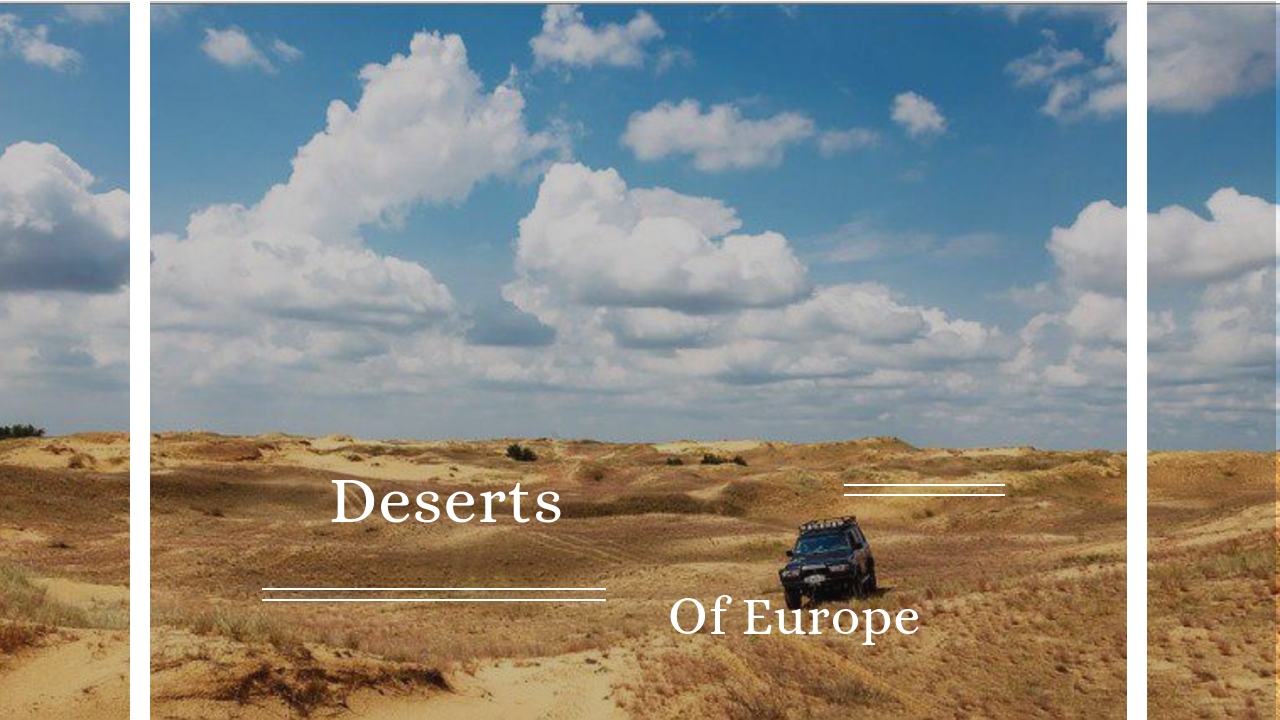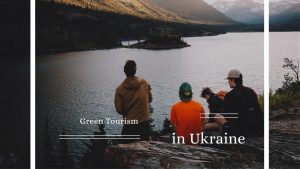Deserts are common in every part of the world including Europe, although the continent is associated with snow-capped peaks, green meadows, sweeping hills, luxurious beaches, and bustling cities. The unique land formations and locations of these deserts and semi-deserts make them ideal tourist attractions in Europe.
Accona Desert, Italy
The Accona Desert is a semi-desert located in the Crete Senesi, near Tuscany Italy. The semi-arid region has unique land formations, including the medieval Abbey of Monte Oliveto Maggiore. The semi-desert features rare land formations of white and light color dome-shaped dunes that form stunning land attractions in Tuscany.
Oleshkovsky Sands, Ukraine
Over 2000 sq km of a wonderful world of unspoilt nature, endless sand dunes, steep descents and ascents bends.
The local temperature reaches 75 degrees. On the Oleshkovsky Sand which is near Kherson you can go horse riding , go on safari on a bike, car or with a tour.
But it does not end there, for coming out of the desert you can walk in the world’s largest artificial forest, bask on the sandy shores of the coast, dip in salt lake whose healing properties are not inferior to the “Dead Sea”) and visit Europe’s largest uninhabited island where herds of wild horses roam.
Oltenian Sahara Desert, Romani
The Oltenian Sahara covers an area of more than 200,000 acres. The desert is not a natural land formation, as it resulted from significant deforestation in the 1960s which created vast sandy areas characterized by little precipitation. It is the only place in Europe that has an official sand museum.
Deliblato Sande, Serbia
The Deliblato Sands covering a total of 300 square kilometers. The desert is a remnant of a prehistoric desert that was formed following the withdrawal of the Pannonian Sea, and it has a unique elliptical shape that was created during the Ice age period. The Deliblato Sands plays a key role in the biodiversity of Serbia, as it is home to 900 diverse plant species, some of which are endemic and therefore not found in any other parts of the world.
Tabernas Desert, Spain
The Tabernas Desert is typically categorized as the only true desert in the mainland Europe. The Tabernas Desert covers an area of more than 280 square kilometers. Extreme weather conditions such as temperatures exceeding 40 degrees celsius, which is the highest in Europe, are experienced during the summer. During the winter there is little precipitation and temperatures remain above the freezing point. The desert is commonly used by cinema production crews as a filming location, especially for western films, given its resemblance to North America deserts.
The Highlands of Iceland
The Highlands of Iceland is a semi-desert. It is a unique formation, as it does not rely on sand and extreme temperatures to qualify as a desert. The volcanic soil synonymous with the plateau absorbs precipitation so quickly that it does not support any plant life, making it mostly uninhabitable.













